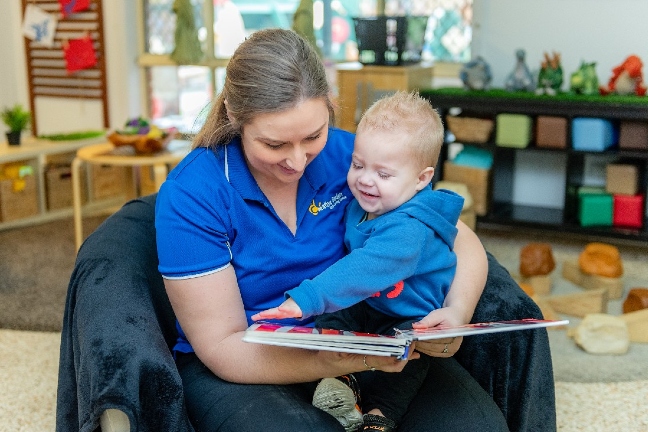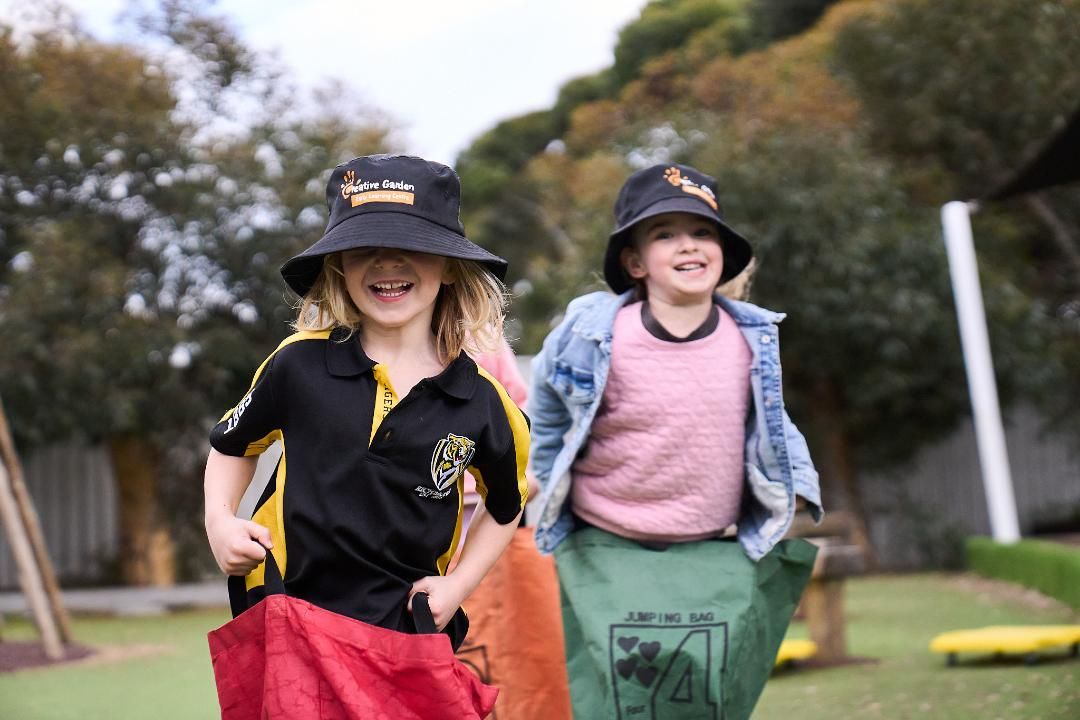Child Care Subsidy (CCS)
The Child Care Subsidy (CCS) is the Australian Government’s primary financial support program designed to help families manage the cost of child care. By covering a percentage of child care fees based on household income, activity level, and the type of care used, the Child Care Subsidy helps reduce out-of-pocket expenses for families across Australia.
This support makes high-quality early learning more accessible for children, ensuring they benefit from a strong foundation in their early years. At the same time, the Child Care Subsidy provides families with greater flexibility – whether it’s returning to work, studying, or balancing family life – without the full financial burden of child care fees.
Understanding the Child Care Subsidy
We understand that navigating the Child Care Subsidy can be tricky, especially for families new to child care. Whether you’re enrolling your child for the first time or looking for ways to reduce your child care costs, our resources will help you understand how CCS works and how much financial support your family may be eligible for.
To make things easier, we’ve broken down everything you need to know into simple, easy-to-follow guides.
Still need help?
Please call our Family Support Team on 1800 517 075. We’ve also included the latest information and valuable resources for you in an eBook to assist in your CCS journey.


